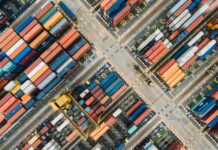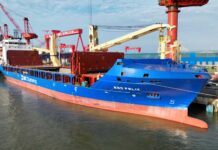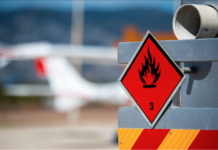
The European Union (EU) carbon taxation scheme (ETS) came into effect in January 2024, imposing a tax on CO2 emissions for ships calling at EU ports. Under this scheme, ships sailing between two EU ports must pay a carbon tax for the entire duration of the journey.
In contrast, ships travelling between a non-EU port and an EU port are required to pay a carbon tax for 50% of the journey. It’s important to note that the EU is phasing in this requirement: only 40% of the ETS tax is due in 2024, increasing to 70% in 2025, and reaching 100% by 2026.
However, there is a “loophole” in the ETS due to the UK’s withdrawal from the EU. This allows UK port calls to be considered the first or last port call before entering an EU port. For instance, if a vessel is sailing from New York to Antwerp, it must report emissions for 50% of the journey, since it moves from a non-EU port to an EU port.
But, if the same vessel makes a stop in Felixstowe between New York and Antwerp, it only needs to pay the ETS for the short journey from Felixstowe to Antwerp, as New York to Felixstowe involves no ETS tax (both being non-EU ports), and the ETS is applicable for just 50% of the brief journey from Felixstowe to Antwerp.

Alan Murphy, CEO of Sea-Intelligence, explains, “If we map out the port rotation of the services offered in the North Atlantic trades (i.e. liner services from North America to North Europe), we can calculate the total sailing distance for which emissions must be reported, under two different circumstances: one based on the current reality where the UK is exempt, and the other based on what the situation would have been, had the UK remained in the EU. This is shown in Figure 1. It tells us that BREXIT has resulted in the reduction of total reportable sailing distance on the North Atlantic of -24%.”
Murphy added that if we examine the individual liner services more closely, we find some outlier services experiencing reductions in reportable distances by as much as 73%. Overall, however, the 2M alliance gains the least benefit from their current service network, which is likely to affect their cost competitiveness in this area.





